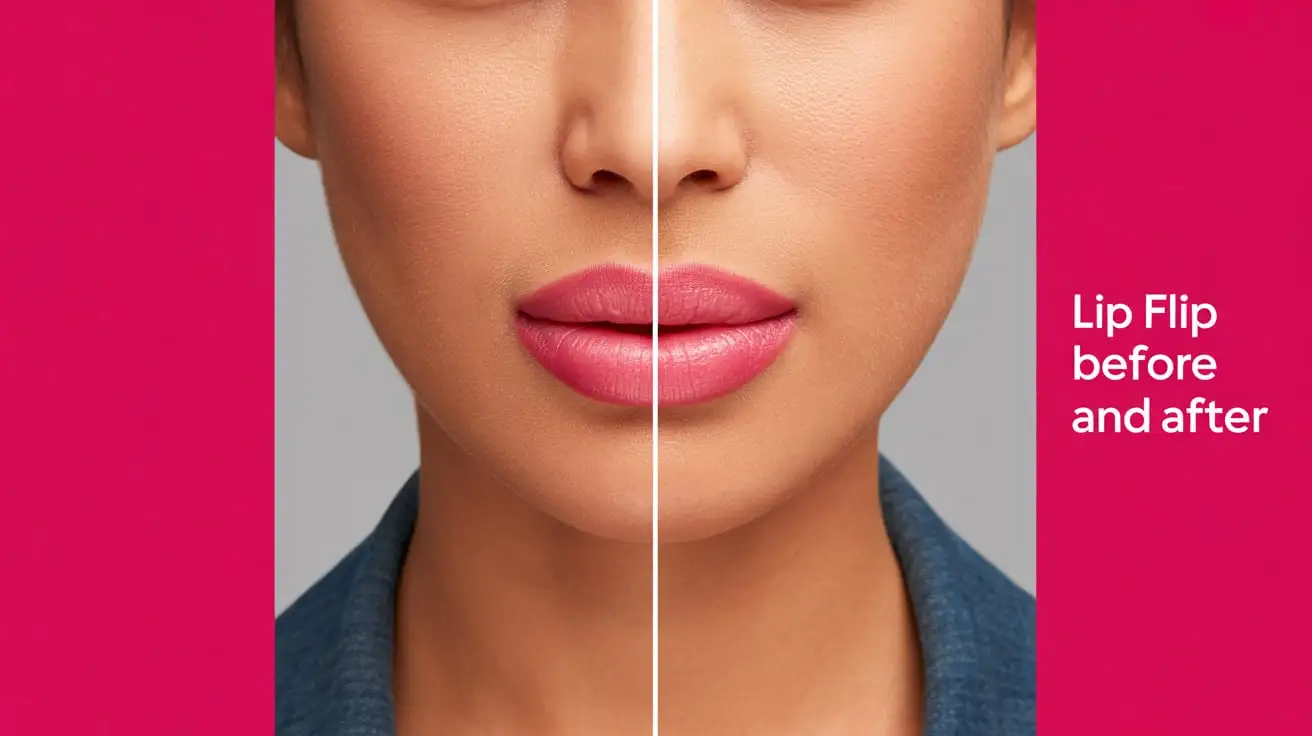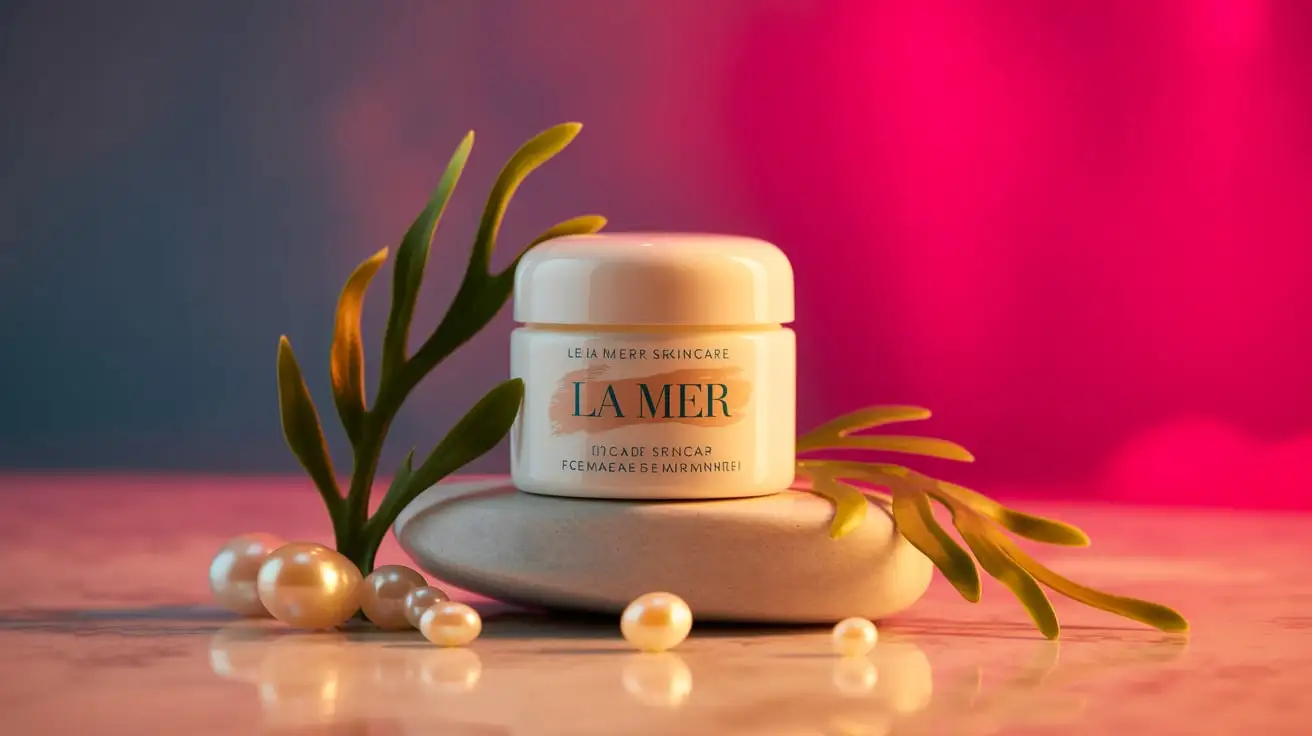Ear piercings are a popular way to express your style and personality. They’ve been around for thousands of years, and today, they’re one of the most common forms of body modification. Whether you’re thinking about getting your first piercing or adding more to your collection, this guide will help you understand the different types of ear piercings, where they go, how long they take to heal, and more. Refer to our Ear Piercing Chart to better understand where each piercing can go.
Table of Contents
ToggleUnderstanding Different Types of Ear Piercings
Ear piercings come in two main types: lobe piercings (on the soft part of your ear) and cartilage piercings (on the harder, upper part of the ear). Lobe piercings are simple and heal quickly, while cartilage piercings can take longer to heal and may require a little more care. A detailed Ear Piercing Chart can help you decide which piercing is right for you based on its location and healing time.
Anatomy of the Ear: Where Piercings Are Located
Before you choose a piercing, it’s helpful to know the ear’s anatomy, just as understanding Skincare Ingredients is key to your routine.
- Lobe: The soft part at the bottom of your ear.
- Helix: The upper, outer part of the ear.
- Tragus: The small, thick area near the ear canal.
- Conch: The curved area in the inner ear.
- Rook: The ridge of cartilage above the conch.
- Daith: The small fold above the tragus, close to the ear canal.
- Anti-Tragus: The cartilage opposite the tragus.
You can refer to an Ear Piercing Chart to get a better visual of these areas and understand where each piercing goes.
Ear Piercing Chart: A Complete Guide
Here’s a quick overview of where each piercing is located on your ear:
- Lobe Piercing: The soft, lower part of the ear.
- Helix Piercing: The outer cartilage at the top of the ear.
- Tragus Piercing: Near the ear canal.
- Conch Piercing: The inner part of the ear.
- Forward Helix Piercing: A piercing placed on the front part of the ear cartilage.
- Rook Piercing: The cartilage ridge above the conch.
- Daith Piercing: Pierced through the small fold near the ear canal.
- Anti-Tragus Piercing: Piercing the cartilage opposite the tragus.
This Ear Piercing Chart will help guide you as you decide which piercing best suits your style.
Common Types of Ear Piercings and Their Placement
Here’s a simple list of common piercings and where they go:
Lobe Piercing
- Placement: The soft bottom part of your ear.
- Healing Time: 6-8 weeks.
- Jewelry: Studs, hoops.
- Pain Level: Low.
Helix Piercing
- Placement: The outer cartilage at the top.
- Healing Time: 6 months to 1 year.
- Jewelry: Hoops, studs.
- Pain Level: Moderate.
Tragus Piercing
- Placement: The small cartilage near the ear canal.
- Healing Time: 3-6 months.
- Jewelry: Barbells, studs.
- Pain Level: Moderate to high.
Industrial Piercing
- Placement: Two cartilage piercings connected by a barbell.
- Healing Time: 6 months to 1 year.
- Jewelry: Long barbells.
- Pain Level: High.
Conch Piercing
- Placement: The inner cartilage of your ear.
- Healing Time: 6-9 months.
- Jewelry: Studs, hoops.
- Pain Level: Moderate.
Forward Helix Piercing
- Placement: The front cartilage of the ear.
- Healing Time: 3-6 months.
- Jewelry: Small hoops, studs.
- Pain Level: Moderate.
Rook Piercing
- Placement: The ridge above the conch.
- Healing Time: 6-9 months.
- Jewelry: Barbells, studs.
- Pain Level: High.
Daith Piercing
- Placement: The fold near the ear canal.
- Healing Time: 6-9 months.
- Jewelry: Hoops, studs.
- Pain Level: High.
Anti-Tragus Piercing
- Placement: Opposite the tragus.
- Healing Time: 3-6 months.
- Jewelry: Barbells, studs.
- Pain Level: Moderate.
Healing Time for Different Ear Piercings
Here are the average healing times for common ear piercings:
- Lobe Piercing: 6-8 weeks.
- Helix Piercing: 6 months to 1 year.
- Tragus Piercing: 3-6 months.
- Conch Piercing: 6-9 months.
- Industrial Piercing: 6 months to 1 year.
- Daith Piercing: 6-9 months.
Pain Levels for Various Ear Piercings
The pain from piercings varies depending on the location. Here’s a simple breakdown:
- Lobe Piercing: Very little pain, just a quick pinch.
- Helix Piercing: Some pain due to the cartilage.
- Tragus Piercing: More pain because it’s a thicker cartilage area.
- Conch Piercing: Moderate pain, as it involves the inner cartilage.
- Industrial Piercing: High pain, since it’s two piercings in one.
- Daith Piercing: High pain, as it’s in a thick fold of cartilage.
Jewelry Options for Each Piercing
You’ll need to choose the right jewelry based on your piercing. Here are some options:
- Studs: Great for lobe, tragus, and conch piercings.
- Hoops: Ideal for helix, daith, and forward helix piercings.
- Barbells: Common for industrial, rook, and anti-tragus piercings.
Jewelry comes in materials like titanium, gold, and surgical steel.
Aftercare Tips for Safe Healing
To ensure your piercing heals properly, follow these aftercare tips:
- Clean your piercing regularly with saline solution or aftercare spray.
- Avoid touching your piercing with dirty hands.
- Don’t remove the jewelry until it’s fully healed.
- Stay away from pools and oceans while it’s healing.
- Always follow your piercer’s aftercare instructions.
How to Choose the Right Ear Piercing for You
Think about your pain tolerance, ear shape, and personal style when picking a piercing. If you’re unsure, ask a professional piercer for advice. Some piercings, like lobe piercings, are simple, while others, like industrial piercings, are more complex.
Ear Piercing Chart for Different Ages
Some piercings are better suited for certain ages. For example:
- Lobe Piercings: Great for kids and adults.
- Cartilage Piercings: Best for teens and adults because they take longer to heal and hurt more.
- Consult a professional before getting a piercing for a child.
Pros and Cons of Popular Ear Piercings
Each piercing has its advantages and disadvantages. Here are a few:
- Lobe Piercing: Easy to heal, versatile, and common.
- Industrial Piercing: Unique and bold but painful and takes a long time to heal.
- Daith Piercing: Might help with Migraines, but can get infected if not properly cared for.
What to Expect During the Ear Piercing Process
Here’s what happens when you get your piercing:
- You’ll first talk to your piercer about the placement.
- Your ear will be cleaned and marked to make sure the piercing is in the right spot.
- The piercer will use a sterilized needle to make the piercing and insert the jewelry.
- The piercer will check to make sure the jewelry fits well.
Troubleshooting Common Ear Piercing Issues
Sometimes, problems can arise with piercings. Here’s how to handle common issues:
- Infections: Keep your piercing clean and don’t touch it with dirty hands.
- Swelling: Mild swelling is normal but should go away after a few days.
- Keloids: Some people develop raised scars around their piercings.
Trendy Ear Piercing Combinations and Styles
Ear piercings are a fun way to express yourself! Some trendy combinations include:
- Multiple Lobe Piercings: Simple and trendy.
- Helix + Conch: A cool, edgy combination.
- Rook + Daith: For a bold, stacked look.
Conclusion
Ear piercings are more than just a trend they’re a way to show off your style! Whether you’re getting your first piercing or adding to your collection, knowing about the different types, healing times, pain levels, and aftercare is important.
The best piercing for you is the one that suits your personal style and comfort. Take your time, follow the aftercare steps, and enjoy your new look!


